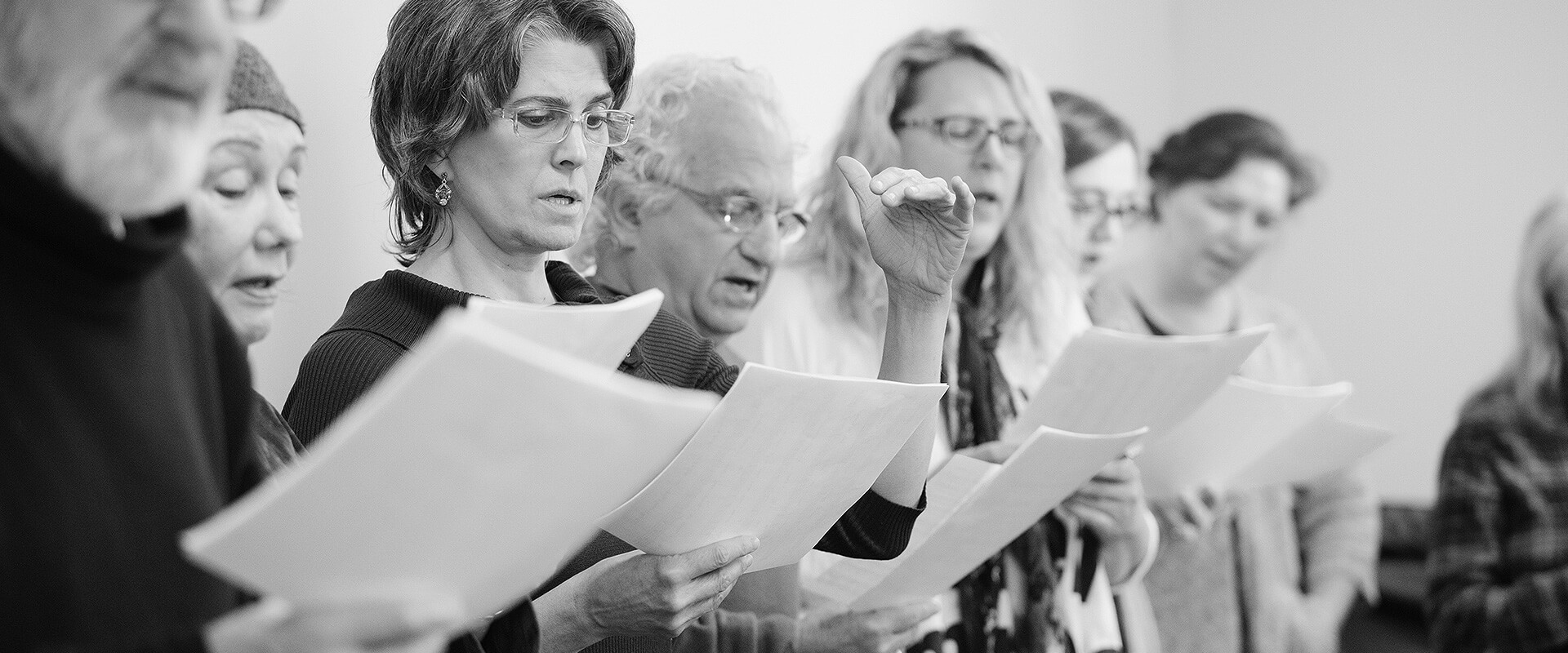Artistic License
I wish to add a note about artistic license here under method because it is one of the pitfalls of young singers. You’ve, no doubt, heard a great singer or a great recording and perhaps, you want to be just like them. You focus on the artistic license taken by a particular artist, the rallentandos, how long they held that high B-flat and how it took your breath away. You attempt to imitate them by singing or learning these difficult passages first, full-voice and often without seeing the music. Working this way, you can imagine yourself singing at an international level; it feels wonderful. You are euphoric; your debut at the Met is just around the corner! Sound familiar? Have you or someone you know ever done this? Of course, we all have! It may satisfy our fancy but it does little to benefit us as singers.
Serious singers who make it to an international level are extremely disciplined about how they work, learn music, practice and perform. If you can learn their methodology you may reach to their level. Without discipline, you won’t go far.
Artistic license is taken by mature singers at certain places, sometimes indicated by the composer, sometimes not, in order to add musical expression in the style of the piece they are presenting and to ‘wow’ the audience. It is a finishing touch, not a point of departure. Singers may also use artistic license which is unique to them, but more often than not it follows accepted norms.
Great singers earn the right to use artistic license as they mature in their careers. When learning something new, and performing it for the first time, it’s better to follow what is written somewhat strictly. Once the piece is well known to you, add the accepted norms. Be careful in the beginning with artistic license; you might be doing something in poor taste and not realize it. What passed in the fifties, doesn’t work today. If you want to show off a bit, choose one well-known place to do it and limit yourself to that. Check where other, more recent singers, have chosen to ‘strut their stuff’ and follow suit. Most singers will take time at the big high note at the end – usually only one. It’s the last thing they learn or add, not the first (see Marking).
Seasoned artists, particularly on older recordings, may take time at every high note. Don’t try to emulate this early in your career. Musicians and conductors are much more forgiving to a seasoned artist than to a young one. Tastes change over time. With experience you’ll develop a feel for what is considered ‘in good taste’ as an artist and ‘not in good taste’. Being true to the composer and stylistic time-frame will win you more friends and favors. Developing a rapport with the conductor will also help. They may expect you to take time at certain places; follow their lead and take advantage of it. If the conductor is happy with you and how easy you are to work with, it may lead to future engagements.
For more information or to book a private lesson, please go to the contact page.
 Montreal Voice Coach
Montreal Voice Coach